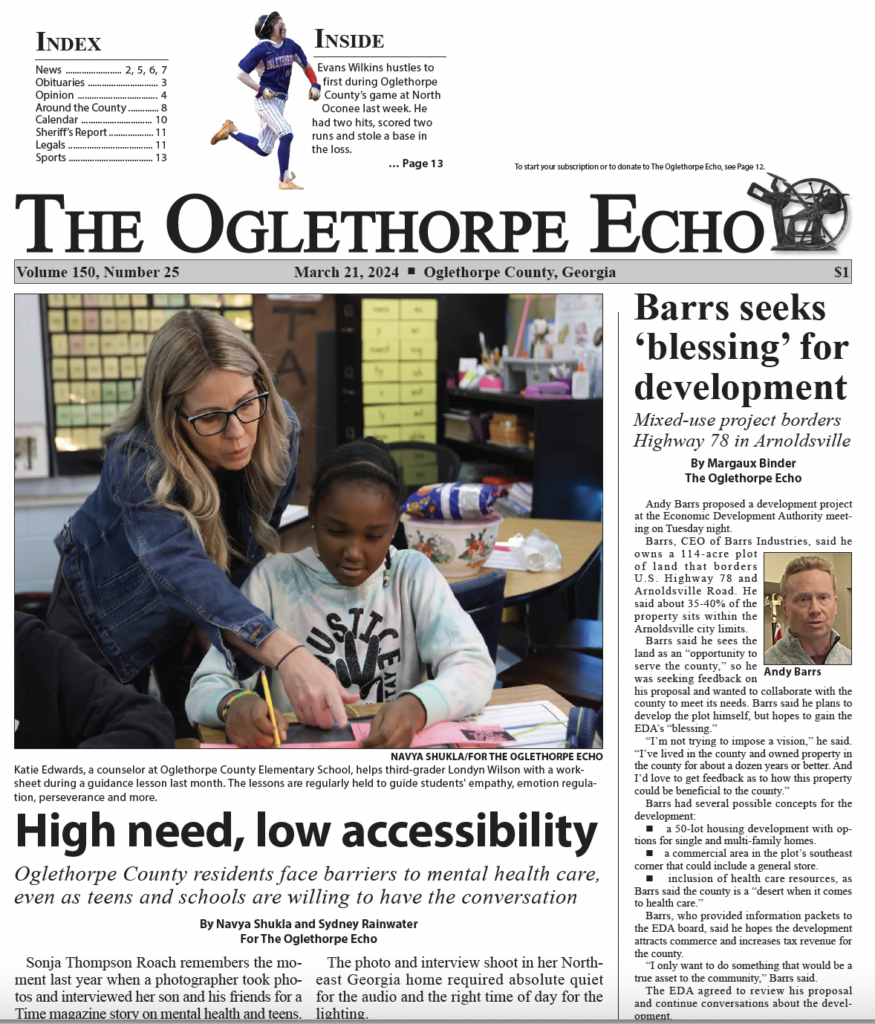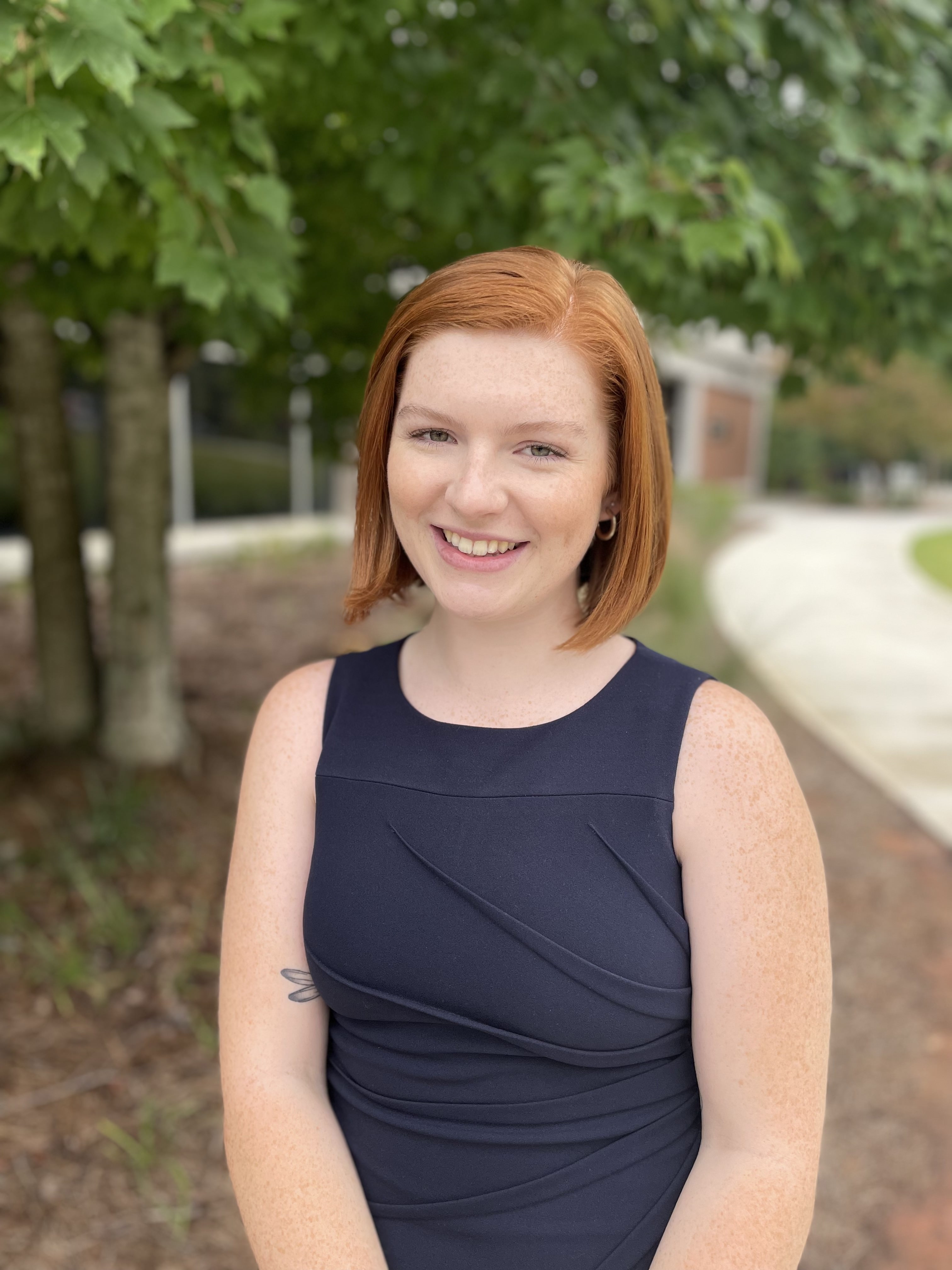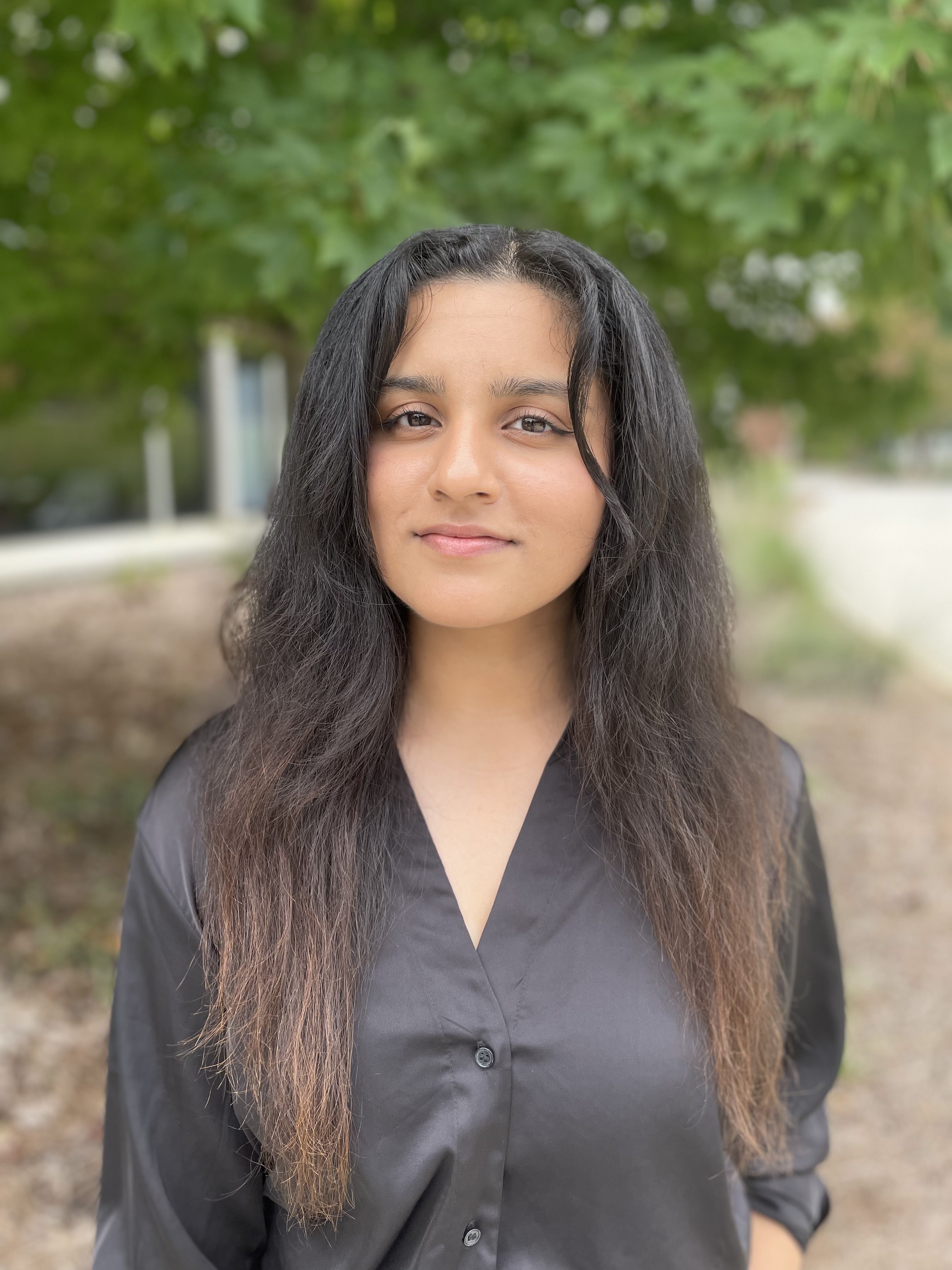Read how Sydney Shankman reported this piece for The Atlanta Journal-Constitution: Georgia student gives back after finding hope at cancer camp
While deciding what to write my AJC Everyday Heroes piece about, I knew I wanted to feature a University of Georgia student. I started by focusing on student organizations that directly impacted the greater Athens community. I recalled a classmate mentioning his training for Kesem and decided to investigate further. Kesem had recently posted profiles of its executive team for the 2024-2025 school year. I did not have to look far before I found Leah Banko. Her profile mentioned her 11 years as a camper and staff member for Kesem. Her dedication was precisely what I was looking for. Few other Kesem staff members had such deep ties to the organization. I contacted Banko and requested an interview, and I have never been met with such an enthusiastic reply.
While preparing for the interview, I had to make sure I was balancing Banko’s personal story with Kesem’s work. This was also my first time approaching such a difficult topic, that of her father’s cancer. I wanted to understand the events that inspired her to continue at Kesem without pushing personal boundaries. Luckily, Banko was very willing to speak of her father’s illness and how it impacted her. I made sure to ease into the more personal questions rather than asking them right off the bat. I also made it clear that if she did not feel comfortable sharing specific details, she did not have to. Coming prepared with facts and information about Kesem made the interview go smoothly. Rather than Banko explaining the basics of Kesem, she could elaborate and add to the information I already knew. During the interview, I realized I would not have to work hard for the reader to understand Banko’s dedication.
Keeping in contact with my source after the interview was a skill I heavily relied on. Banko provided me with the correct links for Kesem’s website and photos from her time as a camper. Whenever I had facts I wanted to check were accurate, I ran them by Banko. As a non-profit, Kesem relies on donations to keep its services free. Emphasizing the work that Kesem does and the importance of donations was a significant focus of my article. With it being published in the AJC, it would reach a large audience and bring awareness to the organization. Banko mentioned that Kesem’s most significant day for fundraising is Giving Tuesday, the first Tuesday after Thanksgiving. By sheer coincidence, the article was published in the print edition of the AJC on Giving Tuesday.
I am incredibly proud of how the profile turned out. As a student new to journalism, I was very nervous about the entire process and had little idea of what to expect. Taking this assignment step by step and relying on other journalists helped me face my nerves. I was never afraid to ask my professor or Banko questions while writing. After hearing Banko’s response to the article, I knew I had chosen the right person. She was extremely grateful for the coverage I had given Kesem. I feel very privileged to share the story of someone who is having a positive impact on my community. One of the greatest parts of being a journalist is discovering stories within your community and amplifying them for everyone to hear.










